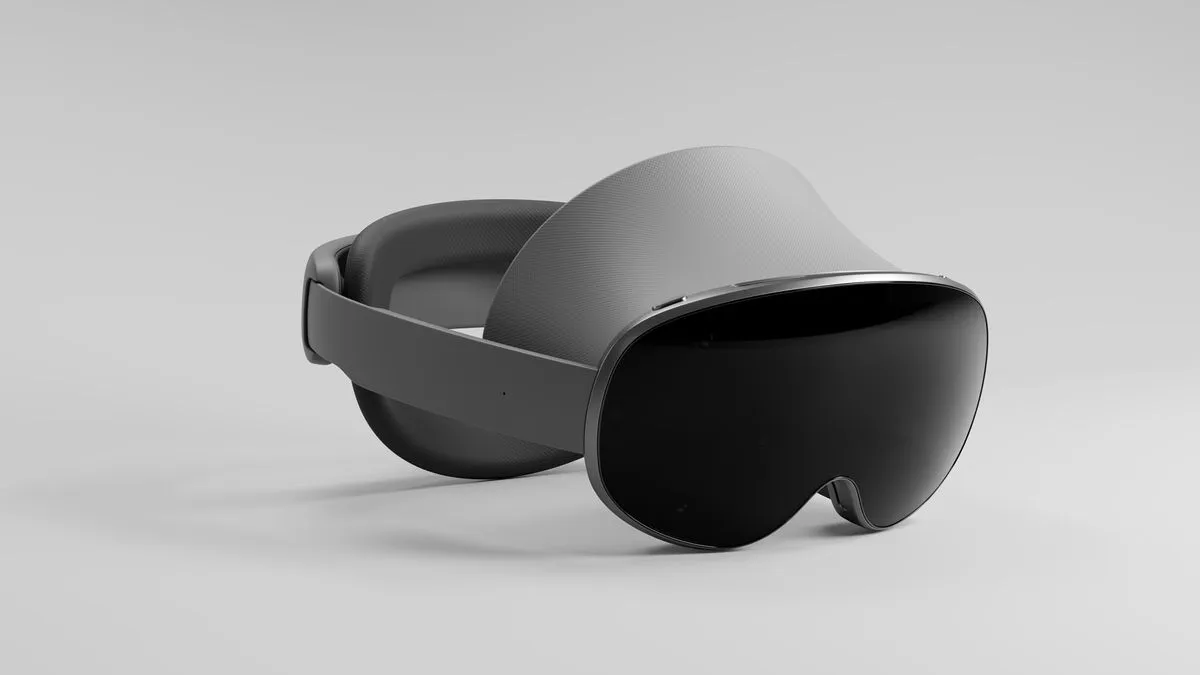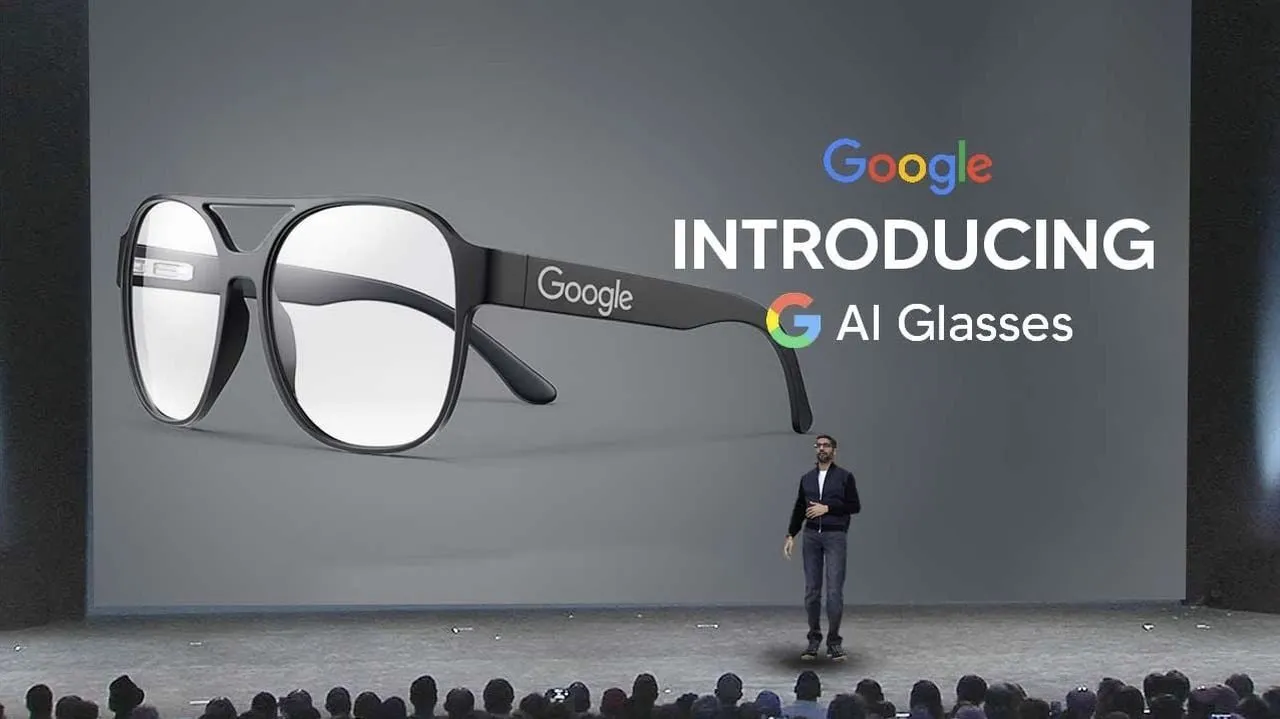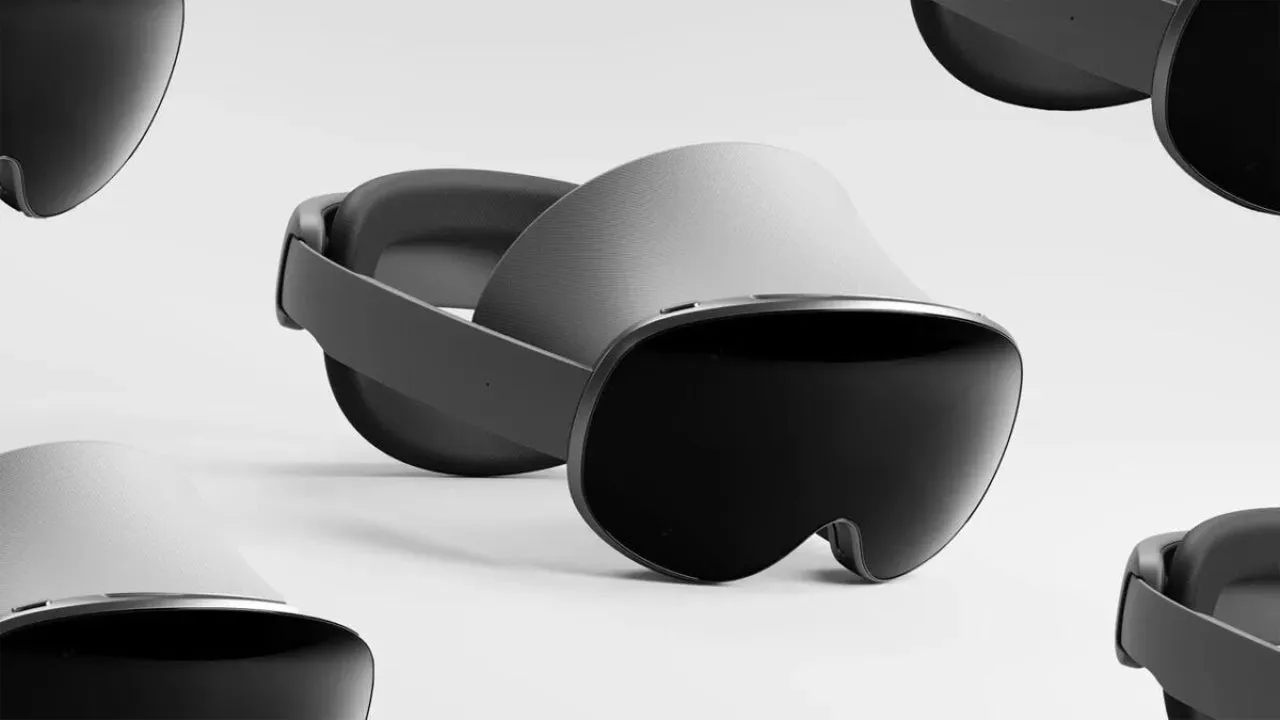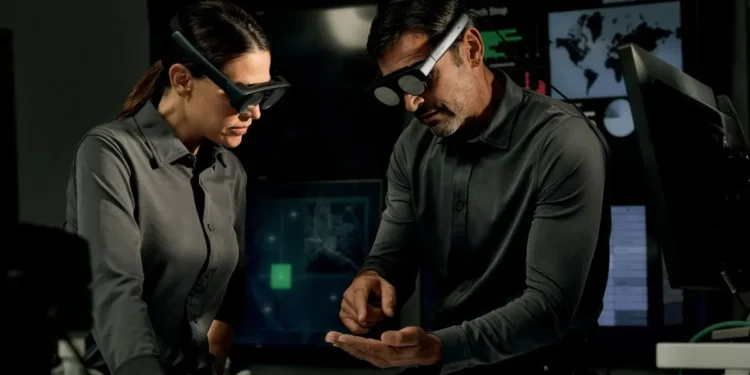Google made a bold statement in the world of augmented reality (AR) and mixed reality (MR) technology. Shahram Izadi, head of Android XR, stood before a captivated audience sporting a prototype pair of AR glasses. The glasses, which feature a compact display and are powered by Google’s Gemini AI assistant, could signal a major shift in how we interact with the digital world.
In the bustling atmosphere of TED2025, Izadi showcased the potential of these AR glasses, demonstrating live features that impressed both tech enthusiasts and casual observers alike. The glasses, resembling a standard pair of spectacles, were able to perform tasks like live translation from Farsi to English, scanning a book, and much more. According to Izadi, the glasses work seamlessly with your phone, streaming data back and forth to keep the glasses lightweight and fully functional.

“These glasses work with your phone, streaming back and forth, allowing the glasses to be very lightweight and access all of your phone apps,” Izadi explained during his presentation. This connectivity is a key feature that sets these glasses apart, blending the physical and digital worlds in a way that seems almost futuristic. While the glasses are still in the prototype stage, Google’s vision for a world where AR seamlessly integrates with daily life is quickly becoming a reality.
The Challenge of Cost and Battery Life
Google’s AR glasses are not the only game in town. Companies like Meta and Apple have also been exploring the potential of augmented reality, with their own respective devices like Meta’s Orion glasses and Apple’s Vision Pro headset. However, as Izadi and other tech leaders have pointed out, one of the biggest hurdles to wide-scale adoption of such technology is cost.
With the cutting-edge nature of these devices, high production costs make them inaccessible to the average consumer. But Google’s AR glasses show that the technology is advancing, bringing us closer to the day when these devices could become an everyday accessory. Alongside cost concerns, improving battery life remains a critical challenge. As Izadi demonstrated, the glasses are capable of performing a range of functions, but their efficiency will ultimately depend on how long they can operate on a single charge.
The desire to make these devices affordable and sustainable for the average consumer continues to be a challenge for all companies involved in AR and MR innovation.

Google’s Mixed Reality Headset: A Peek into the Future
While the AR glasses were certainly a highlight, Google also made waves with a sneak peek of its upcoming mixed reality headset, which is being developed in collaboration with Samsung. The device, which is codenamed Project Moohan, bears a striking resemblance to Apple’s Vision Pro headset, offering users a compelling mixed reality experience.
In his demo, Izadi showcased the headset’s ability to merge the real and digital worlds. With pass-through video capabilities, the headset can overlay multiple windows on the user’s environment, giving them an immersive view of places like Cape Town, South Africa, and allowing them to engage with 360-degree video content, such as snowboarding experiences.
This headset could take mixed reality to a new level by blending elements of both the physical and digital realms in a way that feels natural and immersive. It’s a direct challenge to Apple’s Vision Pro, which has also generated buzz for its potential to reshape the mixed reality landscape. During Samsung’s Unpacked event earlier this year, a preview of Project Moohan gave attendees a taste of what could be an industry-defining product.
What’s Next for Google and the AR/VR Industry?
While the demos from Google, Meta, and other companies prove that AR and MR technology is advancing rapidly, there are still several obstacles that need to be overcome before these products hit the mainstream. As of now, the AR glasses and MR headset are still prototypes, and there’s no definitive timeline for when they might be available to the public.

The focus will likely remain on refining the technology, improving battery life, and lowering the cost of production. However, with heavy hitters like Google and Samsung leading the charge, the future of AR and MR looks promising. As Izadi mentioned, the technology is already miniaturized enough to make augmented reality in glasses a possibility, and it’s only a matter of time before these innovations become part of our everyday lives.
Google’s announcement at TED2025 marks an exciting moment in the evolution of augmented and mixed reality technologies. As the company continues to push the boundaries of what’s possible with AR glasses and MR headsets, the race between tech giants is heating up. Whether it’s Google’s AR glasses, Meta’s Orion, or Apple’s Vision Pro, the coming years will likely see these devices become an integral part of our digital lives.










